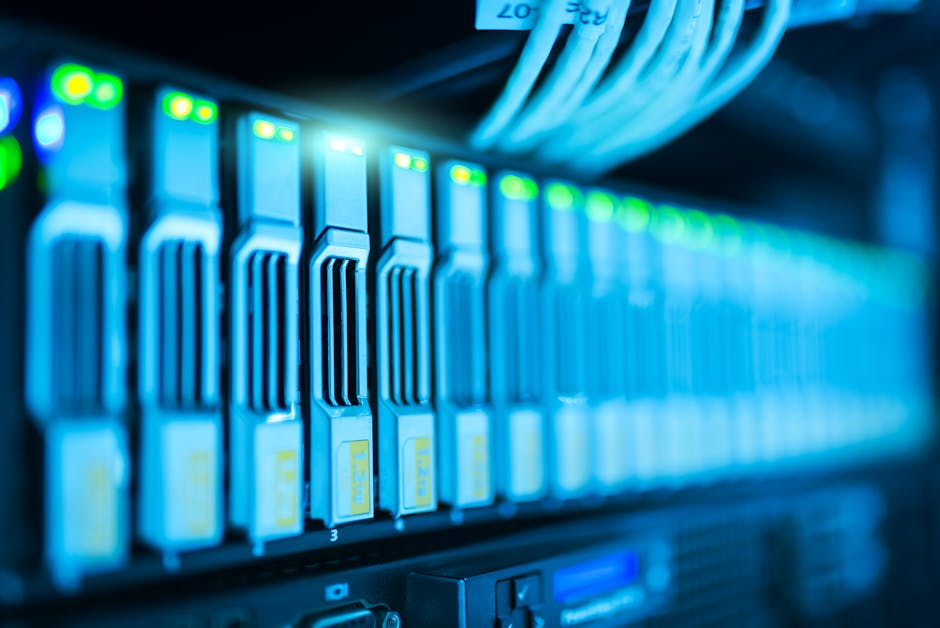
Choosing the right database is critical for performance, scalability, and cost-efficiency in data analysis. This guide compares:
✅ SQL vs. NoSQL Databases – Key differences & use cases
✅ Top Databases for Analytics (Performance Benchmarks)
✅ When to Use Each (Real-World Examples)
✅ Future Trends in Data Storage
1. SQL vs. NoSQL: Core Differences
| Feature | SQL (Relational) | NoSQL (Non-Relational) |
|---|---|---|
| Data Structure | Tables with fixed schemas | Flexible (JSON, key-value, graph) |
| Scalability | Vertical (hardware upgrade) | Horizontal (distributed clusters) |
| ACID Compliance | Full transactional integrity | Eventual consistency (mostly) |
| Best For | Structured data, complex queries | Unstructured/semi-structured data |
| Query Language | SQL | Varied (MongoDB Query, CQL, etc.) |
Key Insight:
- SQL databases dominate financial systems, ERP, and reporting (where data integrity is critical).
- NoSQL databases excel in real-time apps, IoT, and big data (scaling across distributed systems).
2. Top Databases for Data Analysis (2024 Performance Benchmarks)
A. SQL Databases
| Database | Pros | Cons | Best Use Case |
|---|---|---|---|
| PostgreSQL | Open-source, JSON support | Complex setup for clusters | Analytics, Geospatial data |
| MySQL | Fast reads, easy to use | Weak at large-scale writes | Web apps, CMS |
| Snowflake | Cloud-native, elastic scaling | Expensive at scale | Enterprise data warehousing |
Performance (TPC-H Benchmark – Queries per Hour)
- PostgreSQL: 12,000 Qph
- Snowflake: 45,000 Qph (cloud-optimized)
B. NoSQL Databases
| Database | Pros | Cons | Best Use Case |
|---|---|---|---|
| MongoDB | Flexible schema, fast inserts | No joins, high memory usage | Real-time analytics, catalogs |
| Cassandra | Linear scalability | Complex tuning | Time-series, IoT |
| Elasticsearch | Full-text search, fast aggregations | Not ACID-compliant | Logs, monitoring |
Performance (YCSB Benchmark – Operations/sec)
- MongoDB: 50,000 ops/sec
- Cassandra: 120,000 ops/sec (write-heavy workloads)
Sources: DB-Engines Ranking (2024), YCSB Benchmarks (2023)
3. When to Use SQL vs. NoSQL
| Scenario | Best Choice | Why? |
|---|---|---|
| Financial reporting | SQL (PostgreSQL) | ACID compliance, complex joins |
| Real-time user analytics | NoSQL (MongoDB) | Fast writes, flexible schema |
| IoT sensor data | NoSQL (Cassandra) | Handles high-velocity writes |
| Legacy ERP migration | SQL (Snowflake) | Structured data, SQL compatibility |
Real-World Examples:
- Airbnb uses MySQL for booking transactions (structured data).
- Uber uses Cassandra for trip history (scalability for time-series).
4. Future Trends
- “Multi-model” databases (e.g., PostgreSQL + JSON) blur SQL/NoSQL lines.
- Serverless databases (e.g., Firestore, DynamoDB) reduce ops overhead.
- Vector databases (e.g., Pinecone) for AI/ML embeddings are rising.
Key Takeaways
- Use SQL for: Structured data, strict integrity, complex queries.
- Use NoSQL for: Unstructured data, horizontal scaling, real-time apps.
Hybrid approach? Many companies use Snowflake (SQL) + MongoDB (NoSQL) together!
Which database does your project use? Share your experience below!
Our group of experts can provide guidance to select the proper data storage solution for your business.
#DataEngineering #SQL #NoSQL #BigData #Analytics #AI #Tlatoanix
References
- DB-Engines Database Rankings (2024)
- Google Cloud – SQL vs. NoSQL Guide
- Uber Engineering – Cassandra at Scale
At Tlatoanix, we leverage AI tools to enhance research, drafting, and data analysis while ensuring human oversight for accuracy and relevance.